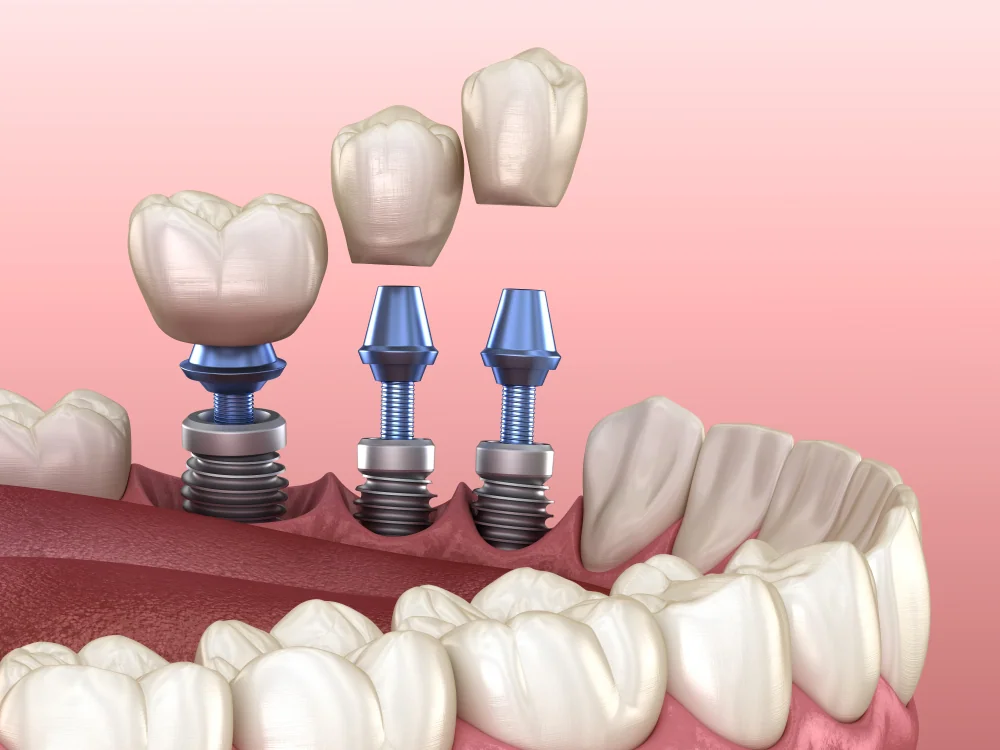7 Indicators That Open Enrollment May Be the Right Time to Switch Your Medicare Plan
- Posted on Nov. 7, 2023
- Health
- Views 94
Medicare’s open enrollment is a critical period that allows beneficiaries to modify their existing coverage. The choices include the government-backed Original Medicare (Part A and Part B) and Medicare Advantage plans (Part C) offered by private insurers. Part C often includes additional perks like dental, vision, and prescription drug coverage.
Read More

Considering the economic climate and possible future disruptions, many beneficiaries might wonder if a switch is needed. Making an informed choice can lead to better health outcomes and potentially save on costs in the long run. It's essential to weigh the pros and cons of each plan in relation to your personal needs. Here are seven key considerations to help in making that decision.
1. Relocating? Think About Your Coverage.
Medicare Advantage plans are often geographically bound. If you're moving, accessing in-network providers could be a challenge, potentially leading to higher costs. If you're contemplating a move later in the year, stay with your existing plan for now. You can change plans after relocating during a special enrollment period.
2. Network Changes Could Affect You
A significant feature of Medicare Advantage plans is their network of healthcare providers. Sometimes these networks change yearly. Before renewing, it’s crucial to ensure that your favored health professionals and institutions remain in-network. Also, verify if your medications remain covered, especially if there are transformations in the list of covered medications.
3. New Medical Diagnosis? Review Your Plan
A new medical condition could lead to specific treatment needs. Ensure that your existing plan covers the required specialists and medications. Additionally, consider potential future treatments or therapies that might become necessary as the condition progresses.
4. Increased Out-of-Pocket Costs
Plans can adjust their premium and out-of-pocket costs. Some plans may have more reasonable premiums, while others might not have premiums at all. However, it's essential to evaluate co-payment requirements. Sometimes, paying a premium can be more cost-effective in the long run.
5. Seeking Additional Benefits? Look Around
Medicare Advantage plans often include extras, from vision to gym memberships. If you feel your existing plan isn’t offering enough, it might be worth comparing other options available.
6. Interested in a Medigap Plan?
Medigap plans to supplement the coverage gaps in Original Medicare. They can offer Medicare benefits like foreign travel emergency care. However, they're available only to those on Original Medicare. So, switching may be necessary if you're currently on a Medicare Advantage plan. It's vital to be aware of potential cost implications due to medical underwriting if you decide to get a Medigap plan later in life.
7. The Appeal of Original Medicare
Original Medicare's primary benefit is its universal acceptance. There are no network restrictions. Many choose it for its flexibility. Plus, those with conditions like diabetes might find it more advantageous due to certain cost caps. However, for prescription drug coverage, a separate Part D plan is necessary.
Guidelines for Switching Medicare Advantage Plans
1. Start by Comparing Plans:
The Medicare.gov website is a reliable resource. Beneficiaries can search for plans, compare costs, and even include prescription drugs to see covered medications.
2. Consult a Reputable Insurance Broker:
Engage a licensed insurance broker with a broad range of plan options. Ensure they're genuine and don’t charge additional fees.
3. Finalize the Switch:
Once satisfied with a plan, enroll. The new policy becomes active on January 1, 2024. Remember, if you opt for a Medicare Advantage plan and later have doubts, there's an open enrollment period from January 1 to March 31 every year where transformations can be made.
Conclusion
The Medicare open enrollment period is an opportunity to reassess and potentially make vital transformations to your health coverage. Evaluating your existing health needs and financial situation during this time can be instrumental in maximizing the benefits you receive. As healthcare needs evolve, so too should your coverage to ensure optimal care. Staying informed about the available options can save you both money and future health-related complications. With these insights, you can better navigate the decision-making process and choose a plan that suits your needs.


